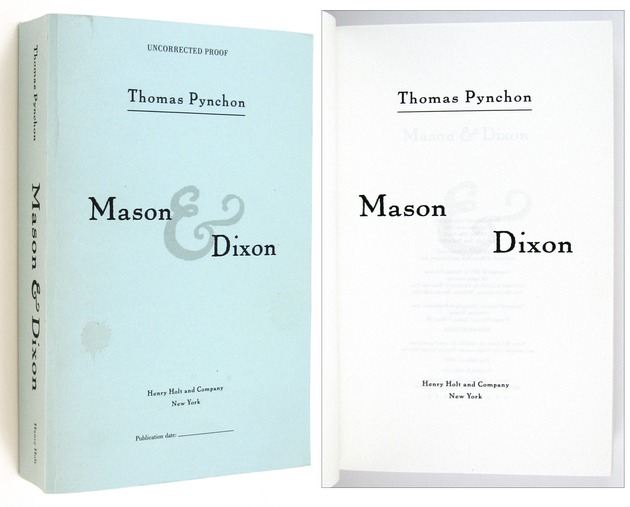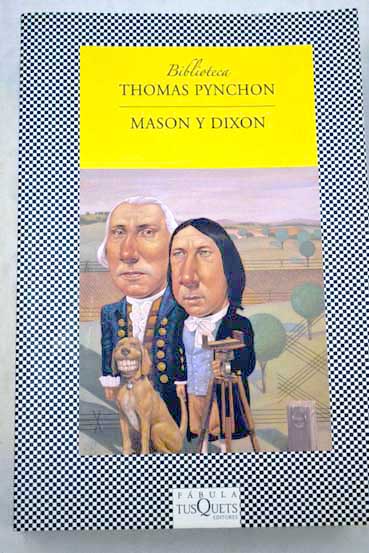



The line that would come to be known as the Mason-Dixon line, dividing the North from the South. The frame on which these ideas are threaded is the real-life story of Charles Mason (1728-1786) and Jeremiah Dixon (1733-1779), the British surveyors who mapped out the boundary line between Pennsylvania and Maryland in pre-Revolutionary America, Rationalism and absurdist despair between the orderly processes of science and the inexplicable marvels of nature, between our modern faith in progress and the violent, primeval realities of history. This time, the overarching tension is between Enlightenment In "Mason & Dixon," his long-awaited new novel - and the most emotional and affecting work in his oeuvre to date - Pynchon offers a variation on this favorite theme. Secret agendas, mysterious codes - in short, a hidden design - to the burble and turmoil of human existence, or is it all a product of chance? Are the paranoiacs onto something, or do the nihilists have the key to it all? The Great Big Question in Thomas Pynchon's novels, from "V." (1963) through "Gravity's Rainbow" (1973) and "Vineland" (1990), has been: Is the world dominated by conspiracies or chaos? Are there patterns, 'Mason & Dixon': Pynchon Hits the Road With Mason and DixonĪp'Mason & Dixon': Pynchon Hits the Road With Mason and Dixon By MICHIKO KAKUTANI


 0 kommentar(er)
0 kommentar(er)
